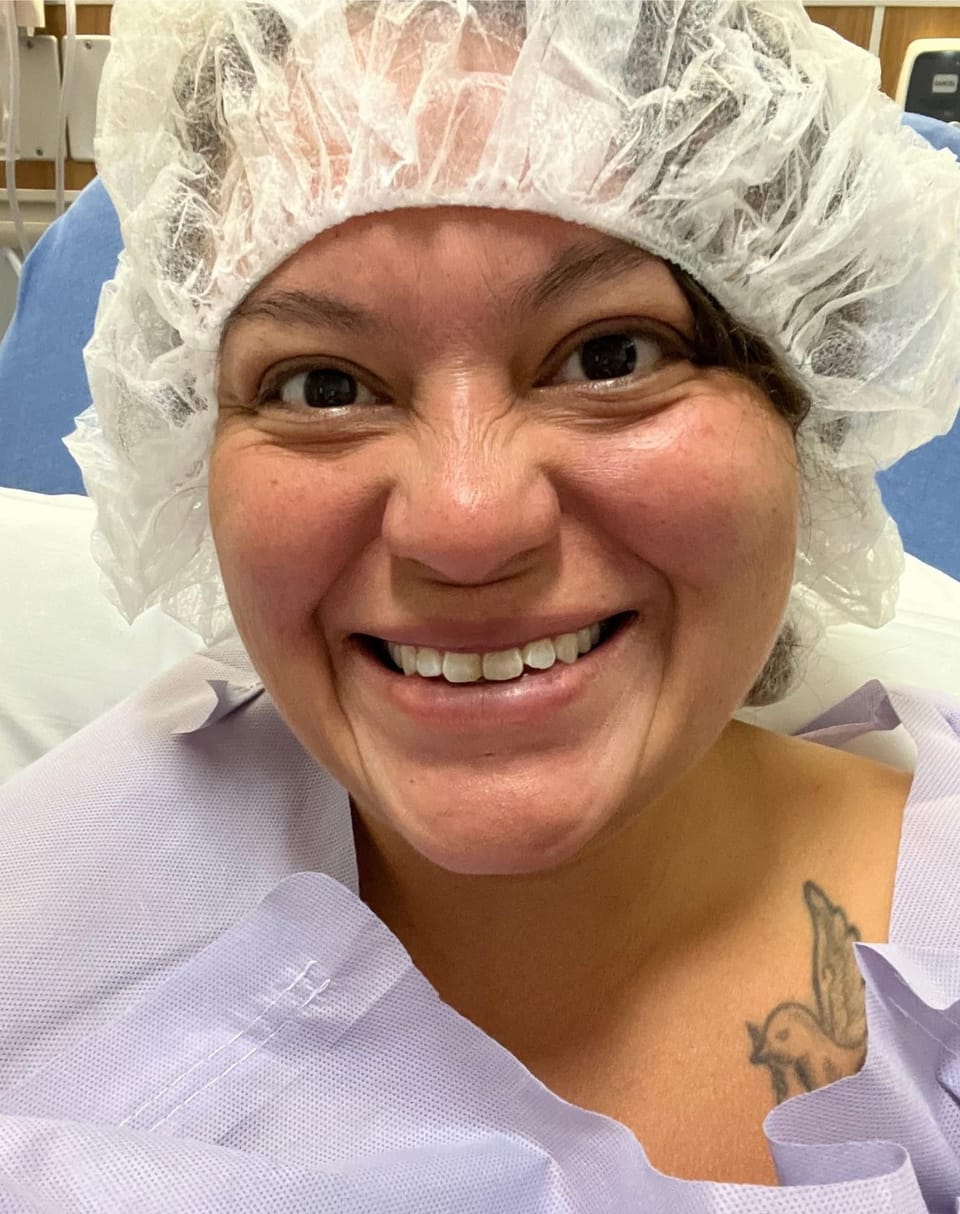THE C-WORDS: CANCER & CANNABIS

BY VERONIKA ALFARO
For the past four years, cannabis has been my anchor, my ally, and my guide to presence. It’s helped me ground myself and truly engage with life. Cannabis became my companion as I fought to get sober from alcohol, providing clarity where once there was chaos. It has helped me increase my mobility, manage my pain, and drop 85 pounds. It has been a remedy for my depression, anxiety, ADHD, and countless other ailments that left me feeling trapped in an endless cycle of hopelessness. Cannabis, along with some help from mushrooms, broke that cycle and allowed me to approach life from a more holistic perspective.
My name is Veronika, and my journey with the two C’s—Cannabis and Cancer—has been nothing short of transformative. I am a woman who wears many hats: a mother, a wife, a daughter, an entrepreneur, a changemaker, a storyteller, and now, a cancer survivor. I am the founder of Mi Sota Essence, a Latina-owned low-dose cannabis brand, and the co-founder of the Minnesota Women’s Cannabis Collective (MNWCC). My personal and professional paths have beautifully intertwined, leading me to embrace cannabis not only as a vital part of my healing journey but also as a tool to create connection, empowerment, and change.
My relationship with cannabis began long before my diagnosis. My husband had been a long-time user, and while I had dabbled in my younger years, it wasn’t until 2019 that I turned to cannabis with intention. Struggling with chronic neck and back pain, I grew weary of the endless cycle of western medications—a pill for every symptom but no real relief. Desperate for change, I rediscovered cannabis and found in it a path to wellness. However, my belief in its healing power dates back to 2015, when I witnessed the transformative impact on my grandmother. As she neared the end of her life due to lung cancer, I convinced my family to let me prepare a special cannabis tea for her. The results were astonishing: she became alert, engaged, and joyful, sitting up to smile and converse. That experience planted a seed that would guide me years later when I faced my health challenges.
I expected to break down. I expected
to feel overwhelmed by emotion.
But instead, I went into “go mode.”
THE CANCER DIAGNOSIS
My journey with cancer began quietly in 2014 when I noticed a white patch on the side of my tongue that lingered for six months. My dentist referred me for a biopsy, which revealed dysplasia—precancerous cells. From 2014 to 2016, I underwent four laser surgeries while completing my bachelor’s at the University of Minnesota. In 2016, an ENT specialist shaved a portion of my tongue, which seemed to resolve the issue for several years.
However, in 2024, the symptoms returned. Small lesions on my tongue burned and stung whenever I ate. By July, I was back in the care of Dr. Frank Ondrey, a compassionate specialist whose life’s work focuses on oral lesions, precancerous and cancerous. His calm demeanor and supportive approach reassured me, even when he confirmed I would need surgery. A week later, part of my tongue was removed, and the biopsy revealed Stage 1 Oral Squamous Cell Carcinoma.
When I heard the word “cancer,” I expected to break down and to feel
overwhelmed by emotion. Instead, I went into “go mode.” I couldn’t process what I was being told. How could I have cancer? I had all these events lined up, even a speaking engagement, and now this diagnosis was threatening to upend everything. The road ahead was hard to visualize. Would the cancer return? Would another operation on my tongue be needed? Could my tongue even handle more surgery?
The reality of it all hit me as I woke up from surgery. My tongue was so swollen. They had removed far more than I anticipated when I went under, but for that, I am grateful. The doctors were able to remove it all. Still, I couldn’t help but wonder: how would I heal from this? They had cut a crescent-shaped section from the left side of my tongue that extended to the middle, leaving a small circular area, and then sewn it back together. My tongue now felt foreign, as if it no longer belonged to me.
CANNABIS AS MEDICINE: Veronika’s Healing Journey
In the days and weeks following surgery, I had so many questions.
I told myself I was lucky to not need chemotherapy or radiation. But I also had to remind myself not to minimize my experience. Losing a part of my tongue has changed my life in profound ways. I never realized how much the tongue does for us until mine was altered. Its range of motion was reduced; I could no longer clean my teeth as I used to or guide food effortlessly down my throat. I’ve bitten my tongue countless times while just trying to eat. Even speaking required careful control to manage saliva and articulation.
Immediately after surgery, I faced a challenge: I couldn’t smoke. How
would I get my medicine? I tried gummies, but even small, soft chunks were too challenging to chew and swallow. I turned to a combination of RSO (Rick Simpson Oil) and live resin edible oil, paired with CBD salve to manage the swelling in my face, jaw, and neck.
My medication regimen focused entirely on cannabis for pain relief. There was no way I was going to be able to handle taking pain pills that made me feel like I was going to vomit when I could barely swallow my saliva. Instead, every 4-5 hours, I consumed rice grain-sized amounts of RSO dissolved in broth. The broth made it easier to ingest and activated the RSO’s properties with its collagen content, enhancing the medication’s effectiveness. This routine was my lifeline during the first week and a half, helping me manage the pain and swelling. As the pain lessened, I transitioned to using medication only once a day. I’ve stopped taking RSO regularly, reserving it for particularly bad days. These days, I rely heavily on CBD salve and my routine smoke seshes to alleviate soreness and support my ongoing recovery.
As of January 7th, I am celebrating five months cancer-free. During a recent conversation with my doctor, we discussed a possible underlying cause of my cancer: an inflammatory condition called lichen planus, which is typically more common in women over the age of 50. Being only 38, this revelation has made me even more committed to taking proactive steps to keep the condition in remission and prioritize my long-term health.
WESTERN MEDICINE & CANNABIS
As I’ve taken ownership of my health, I’ve grown confident about advocating for my cannabis use with western practitioners. The responses have been surprisingly supportive. For example, when I was prescribed an oral ointment to use before bed, my doctor advised me on how to incorporate it alongside my cannabis routine. While they couldn’t provide specific guidance on dosages or frequency, they respected my decision to use cannabis as part of my recovery.
A pivotal moment came when I scheduled my upcoming PET scan. The clinic advised me to refrain from using tobacco or alcohol but made no mention of cannabis. I took the initiative and asked. I was told I could continue to smoke cannabis up until the exam but should avoid gummies. This open dialogue has reinforced the importance of being proactive and transparent about my choices.
LOOKING FORWARD
This journey has been one of transformation. Cancer changed me physically, emotionally, and spiritually. But through it all, cannabis has remained a constant source of comfort and strength. It’s helped me manage pain, calm my racing mind, and find moments of joy amidst the uncertainty. It reminded me that healing isn’t linear, but every step forward counts.
I’ve learned that vulnerability isn’t a sign of weakness; it’s a testament to resilience. My story isn’t over, and I’m determined to embrace this new chapter with courage, love, and gratitude.
To anyone facing their battles—with cancer, addiction, or anything else—know that you are not alone. Strength takes many forms, and healing comes in unexpected ways. Trust the process, lean on what helps you, and above all, never stop believing in your perseverance.
Editor’s Note: RSO is a highly concentrated cannabis oil, usually packaged in a syringe for dosing. The syringe can be placed in a cup of warm water for 30 seconds to more easily control the release of a grain of rice-sized amount into your preferred carrier (food or liquid) as a starting dose. Veronika uses bone broth, rich in gelatin, which acts as an emulsifier and stabilizer of THC, and ultimately increases bioavailability in the human body once consumed.

